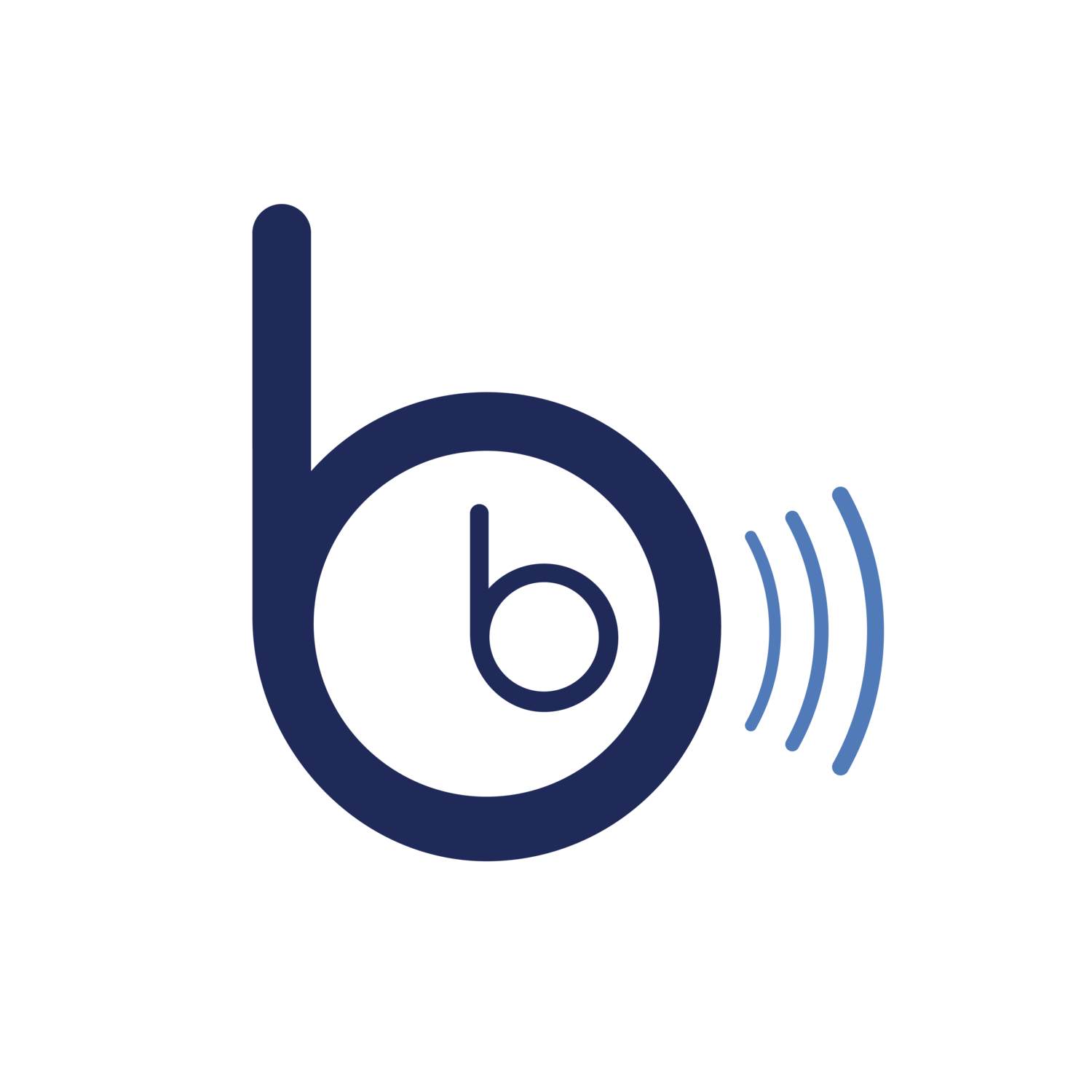Sonographer Resumes: 13 Tips to Help You Stand Out + Free Template
If you’ve consumed any kind of media in the last six months, you’ve heard about how competitive the current job market is. Interestingly, the sonography industry appears to be largely sheltered from these trends, and the outlook for sonography jobs is much brighter than most careers.
The U.S. Bureau of Labor Statistics reports overall employment for ultrasound careers is expected to grow 10 percent from 2022 to 2032, with around 9,600 role openings each year. That’s a shocking number when you consider only 6,160 diagnostic medical sonography degrees were awarded in 2022.
Technological advances will likely seek to fill some of this gap, but sonographers will largely retain the luxury of choice as they consider where they want to work, who they want to work for, and the kind of pay and benefits packages they are willing to accept. And while the market in general will be less competitive than other careers, competition will be strong for the best roles.
Which is why you want an incredible resume.
Your resume is often your first impression with recruiters and hiring managers, so it needs to look its best, concisely convey your expertise, and answer the needs of the job description.
How to Make Your Resume Look Its Best
1 – Use a Template
We get it. You’re a sonographer, not a graphic designer. But that doesn’t mean you can’t have a gorgeous resume! Editable templates are available for free from companies like Adobe and Canva or can be purchased for a small cost on sites like Etsy and Creative Market.
P.S. We believe in this so much, we even made you a template just for sonographers! Click here to use our free Canva template.
2 – Use a Spell Checker
Making spelling mistakes (or using bad grammar and incorrect punctuation) is the fastest route to the digital discard pile. But it’s easy to save yourself from that result! Google Docs and Microsoft Word both feature built-in spell checkers and editors, or you can use a standalone tool like Grammarly. Many of these programs now also provide helpful, AI-powered suggestions to help you write clearly and concisely.
3 – Be Consistent
Help your readers get all the information they need by keeping design elements to a minimum. Don’t use bullet points, dashes, and numbers—just choose one. Use a minimal amount of font styles and formatting and keep your color scheme minimal too. In the case of a resume, the design should enhance the copy you’ve written, not compete with it.
P.S. All of these rules get much simpler when you choose a ready-made template!
4 – Export as a PDF
Exporting your resume as a PDF helps it maintain its formatting so that it appears correctly on other screens. The last thing you want is to create a stunning resume and then have it show up as a scrambled mess on the recruiter’s computer. Here’s how to take this crucial last step in three widely used programs:
Microsoft Word: Click File, click Save As, then click Download as PDF
Google Docs: Click File, click Download, then click PDF Document
Canva: Click Share, Click Download, Click the File Type dropdown arrow, Click PDF
How to Convey Your Expertise
5 – Write Clearly and Concisely
If you want your experience to shine, you can’t bury it in long, complex sentences. Instead, use short, snappy sentences that begin with a verb (action word). Here are a few examples:
Inspected and reviewed patient charts, labs, and medical history
Performed 8-10 sonographic examinations per day
Evaluated sonograms to identify or rule out patient/fetal anomalies
Created reports to aid physicians with documentation and diagnosis
6 – Include Transferable Skills
Don’t neglect to include work experience just because it isn’t in the medical field. Sonography requires many skills that transfer well between industries, and those skills could be the deciding factor between you and another candidate. Worked in retail? Mention skills like customer communication or restocking supplies. Spent some time in customer service? Highlight your interpersonal skills and problem-solving abilities. Work a side hustle? Draw attention to your ability to take the initiative and handle all the details.
7 – Amplify Your Achievements
Don’t use your work experience section to list all your daily activities. Instead, think about it like a highlight reel. This section should flow seamlessly from your most to least recent roles and hit all your major accomplishments for each role. Did you give a presentation or publish a paper? Were you considered a subject matter expert for a particular exam? Did you create helpful resources or establish more effective processes? These are all high-level contributions. Draw the most attention to those items.
8 – Tell Your Story
A touch of personality can go a long way, so don’t be afraid to tell more of your story. Try including a brief summary of what made you interested in sonography or why you’re passionate about patient care. And if you have some room, try including your interests, group affiliations, or volunteer work. The goal of these sections is to be relatable and memorable.
9 – Prep Your References
If you’re sending out your resume, you should also have your references prepped. The general rule of thumb is to provide three references, usually upon request. It’s best for these to be professional or educational contacts rather than personal or character references.
But... before you list someone as your reference, get their permission. Unexpected calls are often ignored. Worse, the call could reflect poorly on you if the reference mentions they aren’t prepared. Asking their permission also gives you the opportunity to update their contact information, check their availability, and let them know what position you’re interviewing for.
Once you have their permission, make sure you have included the following items for each reference listed:
Their first and last name
Their current job title and company
Their direct phone number and email address
Your relationship to the reference (professor, team lead, direct supervisor, etc.)
And when you land the job, remember to thank them. Even in our technologically advanced age, nothing beats a hand-written thank you card.
Bonus Tip: If you’re a new grad looking to stand out, consider sending preceptor letters with your resume. This is a great way to stand out—even if you’re just starting out!
How to Answer the Job Description
10 – Include Keywords
Think about a job description like a series of questions. Can you do the tasks required for this role? Do you have the requisite education and credentials? Your resume is your answer to these questions—and repeating their words and phrases back to them is one of the easiest ways to provide a clear answer.
Maybe they use the term “ultrasound tech” rather than “sonographer” and “procedure” rather than “exam.” Make a quick edit to adopt their terminology. Review their big-picture description of the role. What pieces can you add to your summary or objective statement? Scan the list of specific tasks listed. Can you edit or add anything to your work experience section that mirrors their language? These changes are small, but they can have a big impact.
11 – Use Numbers
On a page full of text, numbers tend to stick out. Look at the examples below:
Reviewed fetal images to find or rule out anomalies
Collaborated with 8 perinatologists and 3 pediatric radiologists to review fetal pathology
Served as lead sonographer on clinical team
Led a team of 7 sonographers and 2 rotating interns
Presented at several industry events
Gave 5 industry presentations in a 2-year timespan
See what we mean? Numbers are concrete pieces of data that showcase the degree of your capability—and they are powerful.
12 – Update Your Contact Information
Provide a professional email address, make sure your phone number is current, and make sure they are accurate. It would be a shame to miss out on an opportunity because you listed your contact information incorrectly.
Speaking of missing out... email providers are notorious for sliding recruiter emails straight into your junk folder. If you’re actively applying, remember to check your junk or spam folders often for miscategorized emails. If you want to be proactive, add a company’s email domain to your safe senders list after applying so you never miss a message. And even better yet, opt into text messaging so you’re sure to see every message quickly and conveniently.
13 – How to Nail the Interview
Resumes are only the beginning of the job hunting process, but don’t worry, we’ve got your back when it comes to successful interviews too! Check out these resources:
There you have it! With these eleven tips in mind, you should be well on your way to a stellar sonography resume. Don’t forget to use our free sonographer resume template, and when it’s ready, be sure to stop by our job board.

